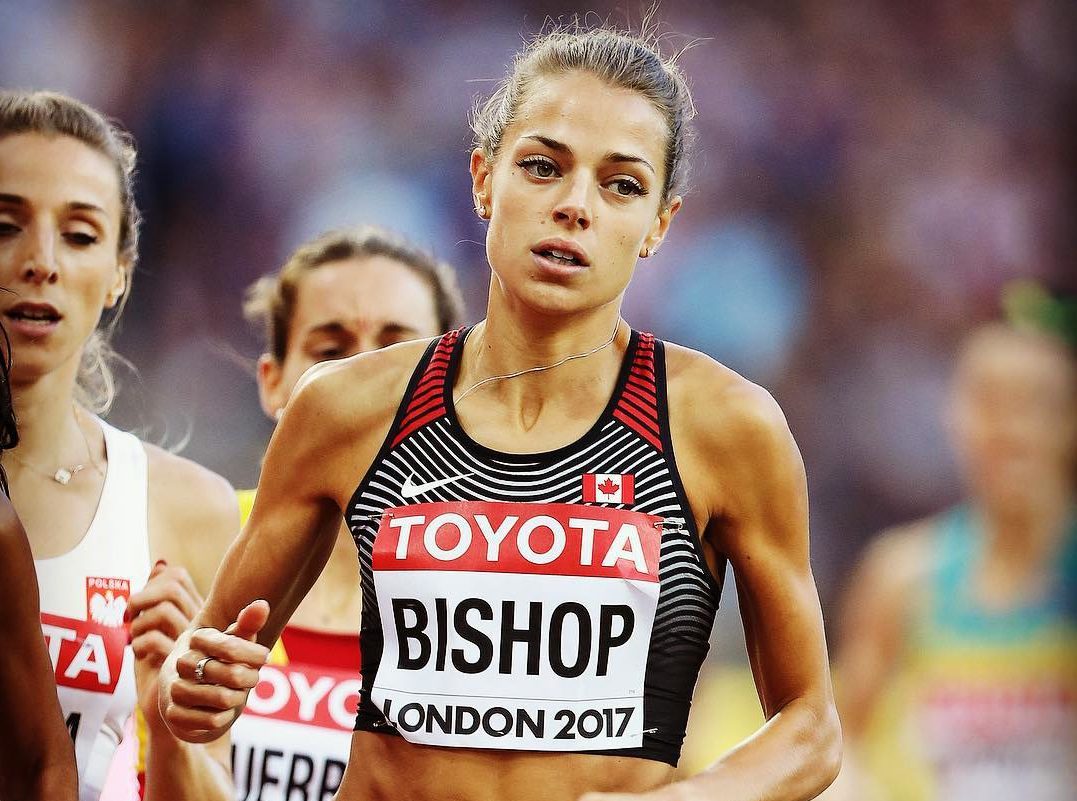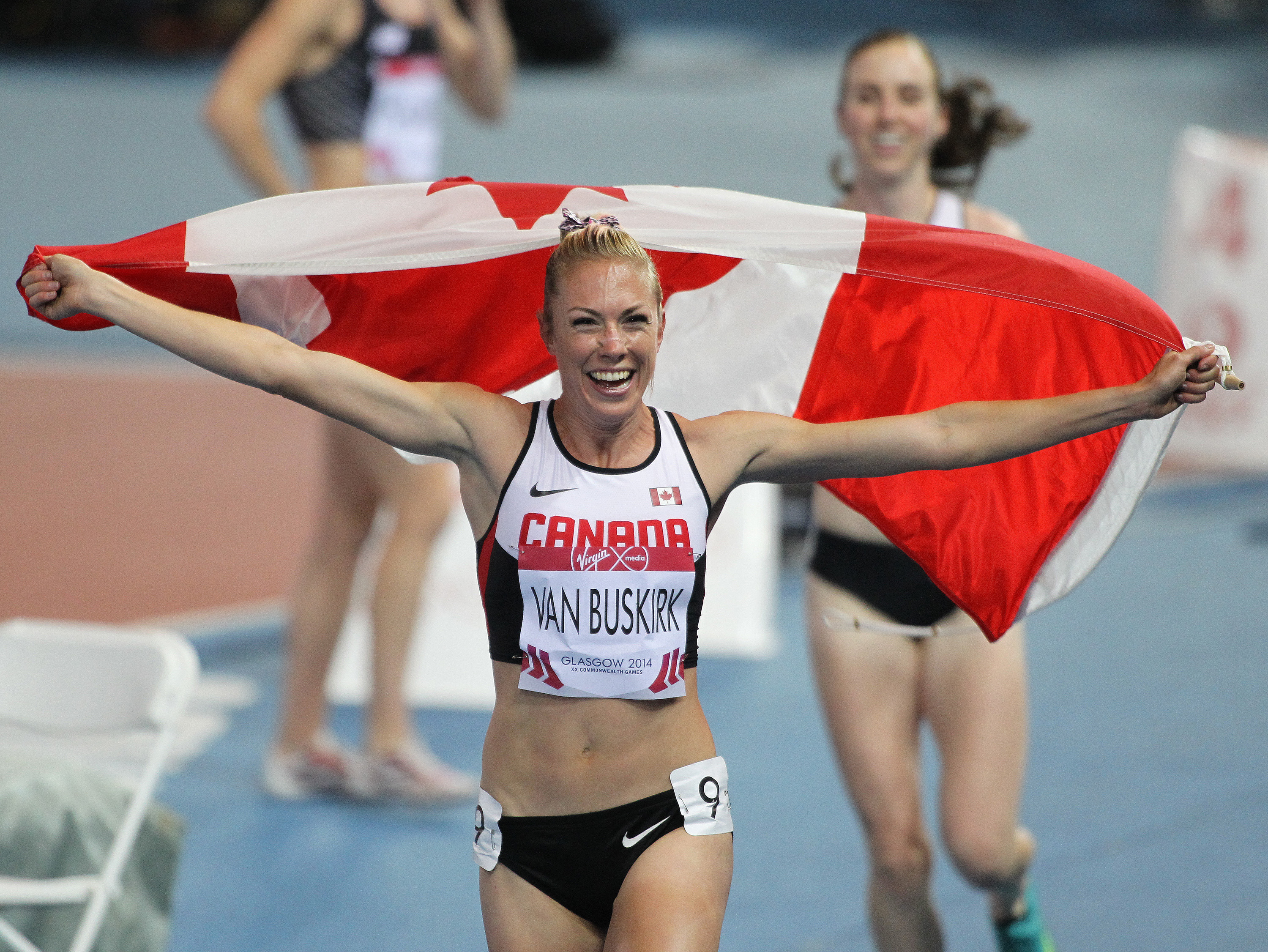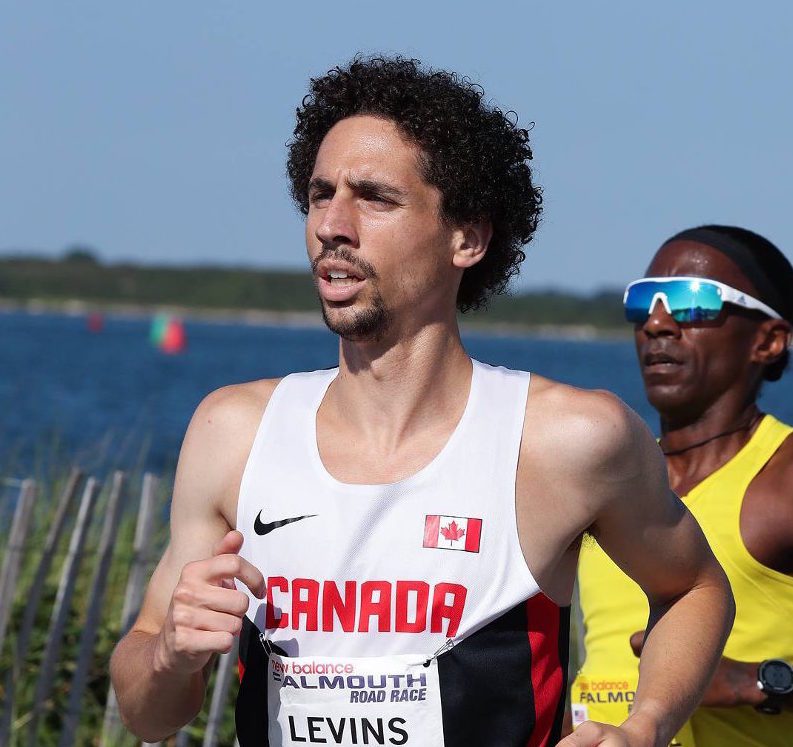5 lessons we can learn from our Canadian Olympians
We can all take a page out of our Canadian athletes' books, even if we're not competing on the world stage

In just a few days, we will finally get a chance to watch the top runners in Canada take to the track in Tokyo to represent our country at the Olympic Games. These athletes have trained for years to make it to this point, and this week will be the culmination of countless hours of work and sacrifice. While most of us will never make it to this level of sport, there are still lessons we can learn from our Canadian Olympians that can be applied to our own lives, in running and beyond.

RELATED: How Andrea Seccafien and Kate Van Buskirk catapulted themselves to Olympic qualification
Never lose sight of the goal
To achieve success in any arena, you must create a goal for yourself and commit to it for the long term. Every single one of our athletes has had Olympic dreams for years, and for some of them, it has taken a long time to get here. Take 5,000m runner Kate Van Buskirk, who’s dreamt of going to the Olympics since she was nine years old, and at 34 has finally made her first Olympic team. She has come close many times, and over the years has experienced setbacks, but she never lost sight of her goal. Van Buskirk knew she was an Olympian before anyone else did, and she never stopped believing it. Sometimes you set a goal for yourself and it takes you longer than you thought to achieve it, but if you persist the way she did, success is possible.
Be flexible
If there’s one thing we’ve learned from our Tokyo Olympians specifically, it’s that you must always be ready to pivot, pivot and pivot again. After the Olympics were postponed for a year, our athletes were forced to adapt their goals and training schedules. They had to make do with home gyms and solo time trials, some having to uproot their lives to go somewhere they could train more effectively. Melissa Bishop-Nriagu, for example, moved her family during the winter from her home in Windsor, Ont., to Victoria, where the temperatures were milder, so she could train outside with less snow and ice since, her usual indoor facilities were closed. Sometimes a wrench is thrown into your plans, but if you want to succeed, you need to adapt to the situation and make the best of what you’ve got.

Don’t let your setbacks define you
Cam Levins is our Canadian marathon record holder, but as of the end of May, he had not yet hit the Olympic marathon standard. Since the qualification window opened in 2019, he had raced four marathons, but had been unable to hit the 2:11:30 standard. Finally, as the qualification window was drawing to a close, he gave one more effort at a race in Austria, where he ran 2:10:14 to qualify for team Canada. It’s easy to get discouraged and give up after a string of setbacks and disappointments, but you can’t let them distract you from your goal. Like Levins, you have to keep showing up and keep trying, and at some point your day will come.
RELATED: What happened to Cam Levins in London?
Take it one step at a time
A big goal can be overwhelming, but by breaking it down into smaller goals and tackling it one step at a time, you’re more likely to succeed. Take 5,000m runner Julie-Anne Staehli. In 2019, her 5,000m personal best was 15:47, well off the Olympic standard of 15:10. When track races became available again, Staehli began knocking seconds off that time, one race after the other. She dropped to a 15:32.46, then 15:24.66, then crushed her PB with an incredible 15:02.34. One week later she lowered that time to 15:01.85, then finally broke 15 minutes for the first time, running 14:57.50 one week later. Instead of focusing on that 15:10 qualifying time, Staehli worked at simply improving every time she stepped on the track, and that is exactly what she did.

RELATED: How to pick a good running goal
Don’t be afraid to set big goals
We often shy away from setting big goals for fear of failure, but big success requires big goals. In his debut marathon, Ben Preisner did exactly that. Despite never having officially raced the distance, he made it his goal to make the Olympic team. He knew, going in, that he’d have to run under the qualifying standard, and he did exactly that, crossing the finish line in 2:10:17, the fourth-fastest time in Canadian history. Had he not made it his goal to qualify for the Olympics, he may not have run as fast as he did, so sometimes, setting a big goal is the best way to reach your maximum potential.


